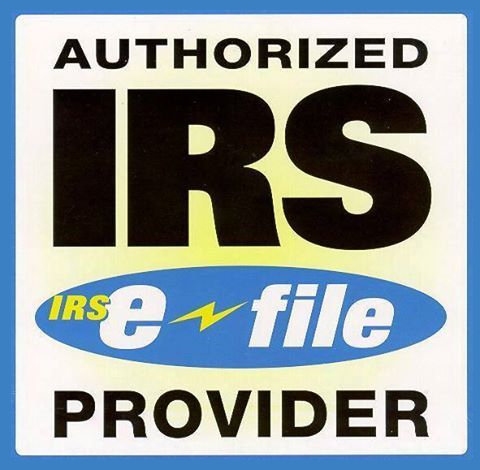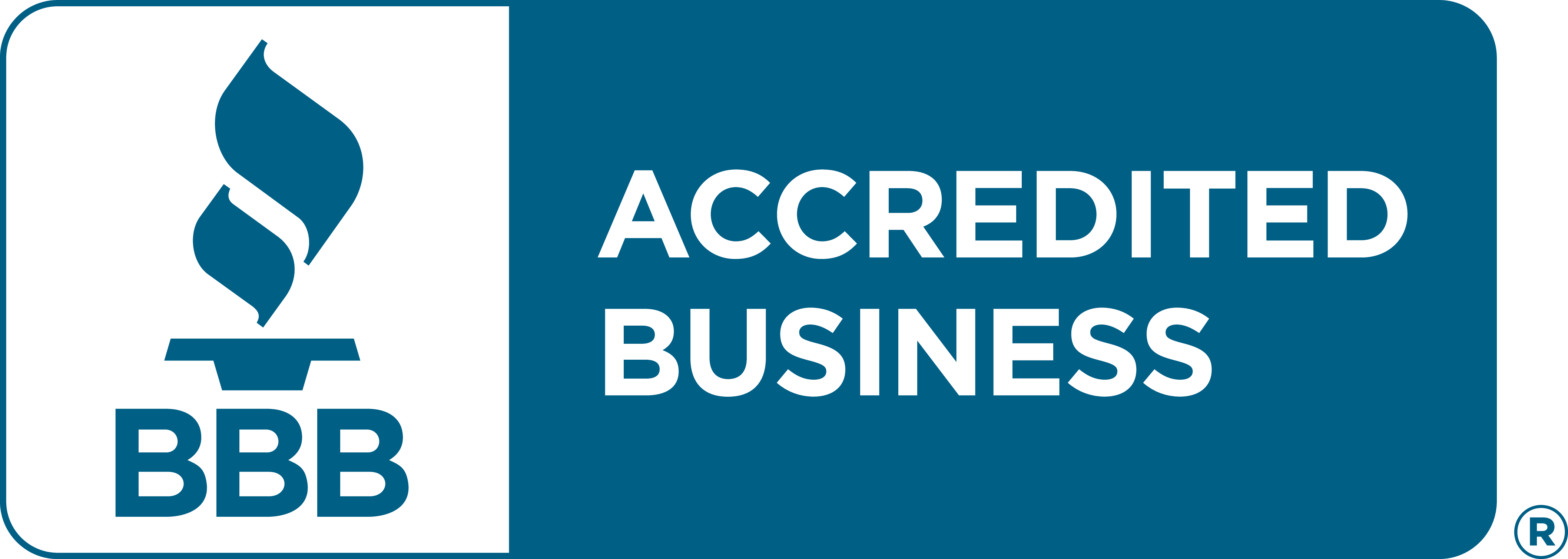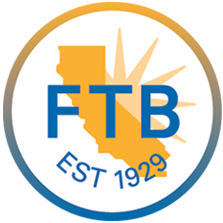Form 990 vs Form 990-EZ : Differences for
Nonprofit Tax Filing
Discover the differences in 990 forms which suit your organization’s need—with TaxZerone!
Excise Tax Forms
Employment Tax Forms
Information Returns
Extension Forms
Business Tax Forms
FinCEN BOIR
General
Nonprofit organizations are required to file 990 forms for an annual return with the IRS to maintain their tax-exempt status.
Understanding the differences between them and knowing which one applies to your organization is essential for staying compliant. Here’s a simple breakdown to help you determine which form you should file.
Table of Contents
What is Form 990?
- Form 990 is a detailed annual tax return that most tax-exempt organizations must file with the IRS. This form is designed for larger organizations that have annual gross receipts of $200,000 or more or total assets of $500,000 or more.
- It provides a comprehensive, detailed report on finances, programs, governance, and compensation, enhancing transparency and accountability to IRS and the public.
What is Form 990-EZ?
- Form 990-EZ is a shorter version of Form 990, intended for smaller tax-exempt organizations with gross receipts of less than $200,000 and total assets of less than $500,000. It requires less detailed information, making it simpler and quicker to complete.
- It offers a simplified, less detailed report suitable for smaller organizations, reducing the reporting burden while maintaining transparency.
Key Differences for Form 990 vs Form 990-EZ:
Let's see the differences between form 990 vs Form 990-EZ
| Aspects | Form 990 | Form 990-EZ |
|---|---|---|
| Filing requirements | Gross receipts ≥ $200,000, or Total assets ≥ $500,000 | Gross receipts < $200,000, and Total assets < $500,000 |
| Parts required to file | Required detailed information in 12 parts | Required less information in 6 parts. |
| Schedules | Form 990 has 16 schedules
| Form 990- EZ has 8 schedules
|
| Filing options | Can be filed electronically and allows extensions. | Can be filed electronically and allows six-month extensions via Form 8868. |
| Penalties | $25/day, max $12,500 or 5% of gross receipts. | $25/day, max $12,500 or 5% of gross receipts. |
Due Date
Both Form 990 and Form 990-EZ are due by the 15th day of the 5th month after the end of the organization’s fiscal year. For the organizations with a calendar year-end of December 31, the due date for the 2025 tax year is May 15, 2026.
Common Scenarios
1. If my organization has gross receipts of $250,000 and assets of $450,000, which form should I file?
You must file Form 990 because your gross receipts exceed $200,000.
2. If my organization has gross receipts of $180,000 and assets of $480,000, which form should I file?
You can choose to file Form 990 or Form 990-EZ where your gross receipts are less than $200,000 and total assets are less than $500,000.
3. Can an organization eligible for Form 990-EZ choose to file Form 990 instead?
Yes! Organizations that are eligible to file Form 990-EZ may choose to file Form 990. Some organizations prefer to file the full Form 990 to provide more detailed financial information or to meet funder or transparency expectations.
4. Will filing Form 990 instead of Form 990-EZ significantly impact how our organization is perceived by the public?
Filing Form 990 can positively impact public perception by demonstrating a commitment to transparency and detailed reporting. This can enhance your organization's reputation and potentially attract more support from donors and the community.
Ready to Take the Next Step?
Ensure your nonprofit's success with the right filing choice.
TaxZerone is here to help you navigate Form 990 or Form 990-EZ process with ease.












